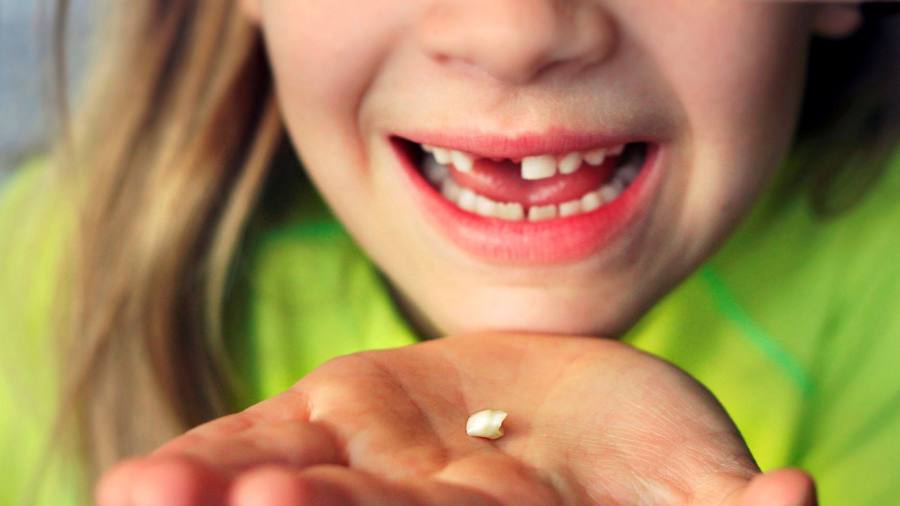[ad_1]
There was good news for Lex’s youngest readers this week. The average payout from the Tooth Fairy hit a record high of $4.70 (£3.37) per tooth during 2020. It was the steepest price in 23 years of surveys by Delta Dental. The US insurer conducted its household poll over new year when the S&P 500 index also scaled a historic peak. This cannot be a coincidence.
The Tooth Fairy was unavailable for comment. Tiny supernatural entities rarely are. Besides, she has her hands full running a franchise that encompasses most of the anglophone world.
But it appears likely that the sprite engages in some complex asset-liability modelling. The overall cost of milk tooth bounties to six to 12-year-olds is now substantial. In the US alone, kids in this age bracket must be shedding three to four teeth on average each year. That would set the Tooth Fairy back as much as $370m.

We can assume that the fairy’s investment portfolio favours high-return equities. This has allowed her to increase milk tooth payouts ahead of inflation and broad stock indices. Ratoncito Pérez, the mouse who superintends milk teeth in the Hispanosphere, must follow a similar strategy.
Both are prominent dental health campaigners. Fillings are a drag and dentists are expensive in countries where you have to pay for them. In the US, charges have risen almost 1 percentage point faster annually than general inflation since 1935. In the UK, dental implants — a treatment sometimes sought by patients who have lost teeth to decay — typically cost £2,415 each, says health insurer Bupa.

Social distancing means dental surgeries in the UK operated at half their usual capacity in 2020, according to the British Dental Association. They will be working hard to recoup financial shortfalls when lockdowns end.
The message to kids is as blindingly clear as a well-brushed set of gnashers. As an adult, you will lose money rather than make it when your teeth start falling out.
Lex Data Points are short articles on non-corporate topics.
[ad_2]
Source link






